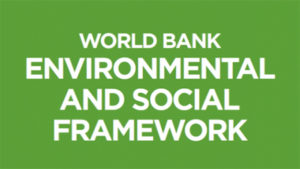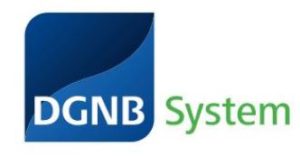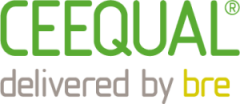
Envision is a flexible system of criteria and performance objectives to aid decision makers and help project teams identify sustainable approaches during planning, design and construction of infrastructure projects that will continue throughout the project’s operations and maintenance and end-of-life phases. The Envision system consists of different components: (1) The Envision Pre-Assessment Checklist can be applied early-phase and used to prepare later sustainability assessments; (2) the Envision Online Scoresheet provides for a detailed online self-assessment; (3) the Envision Verification provides for an independent third-party project review process; (4) the Envision Awards offer recognition for qualifying verified projects.
Lifecycle Phase(s): Project PlanningGeneral strategy for a project’s delivery is developed., Concept DesignTechnical experts broadly outline the project’s basic characteristics., Detailed DesignTechnical experts further elaborate the Concept Design., ConstructionThe asset is constructed in line with design, budget and timeline., Operation and MaintenanceInfrastructure assets are managed and maintained during their use time., Decomissioning/RepurposingObsolete infrastructure assets are repurposed, recycled or removed and the land is reused or restored.
Type(s) of Tool: Rating SystemsProvide quantifiable sustainability ratings and / or certification for projects or assets.




